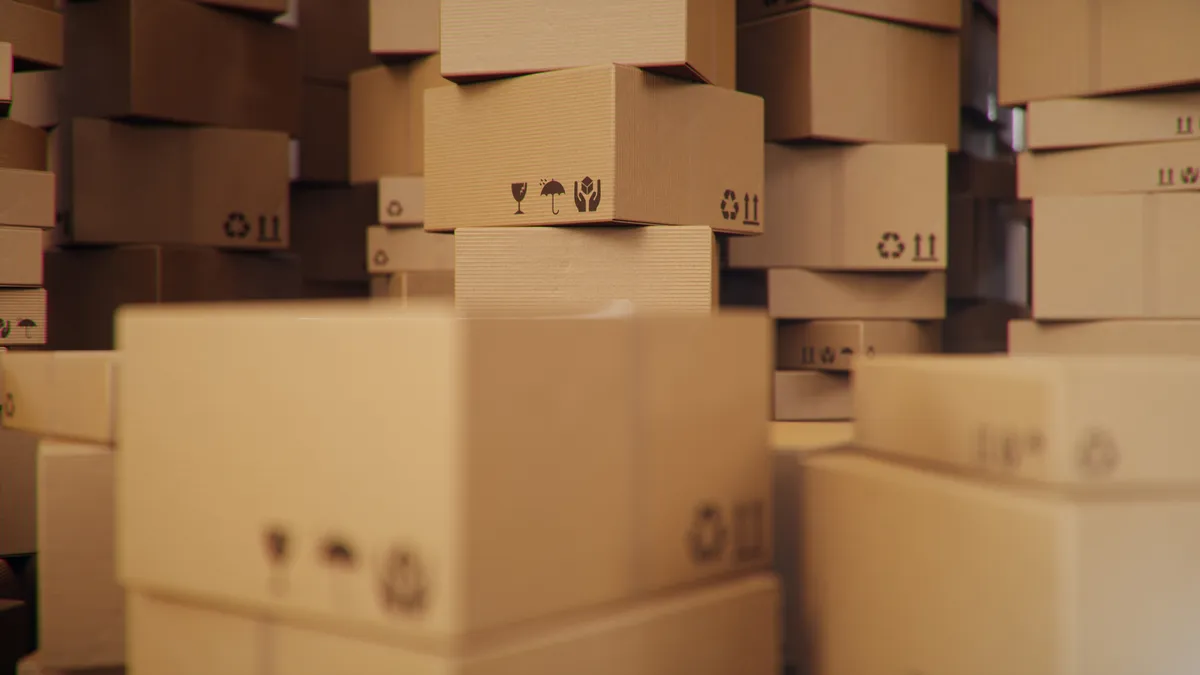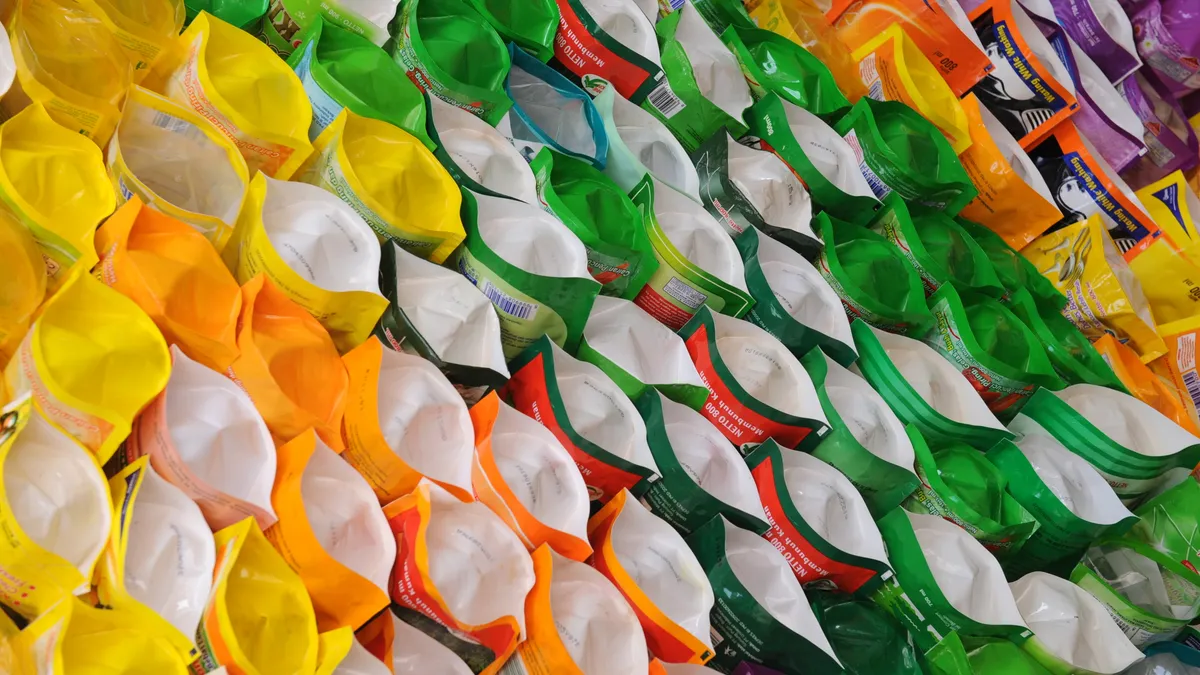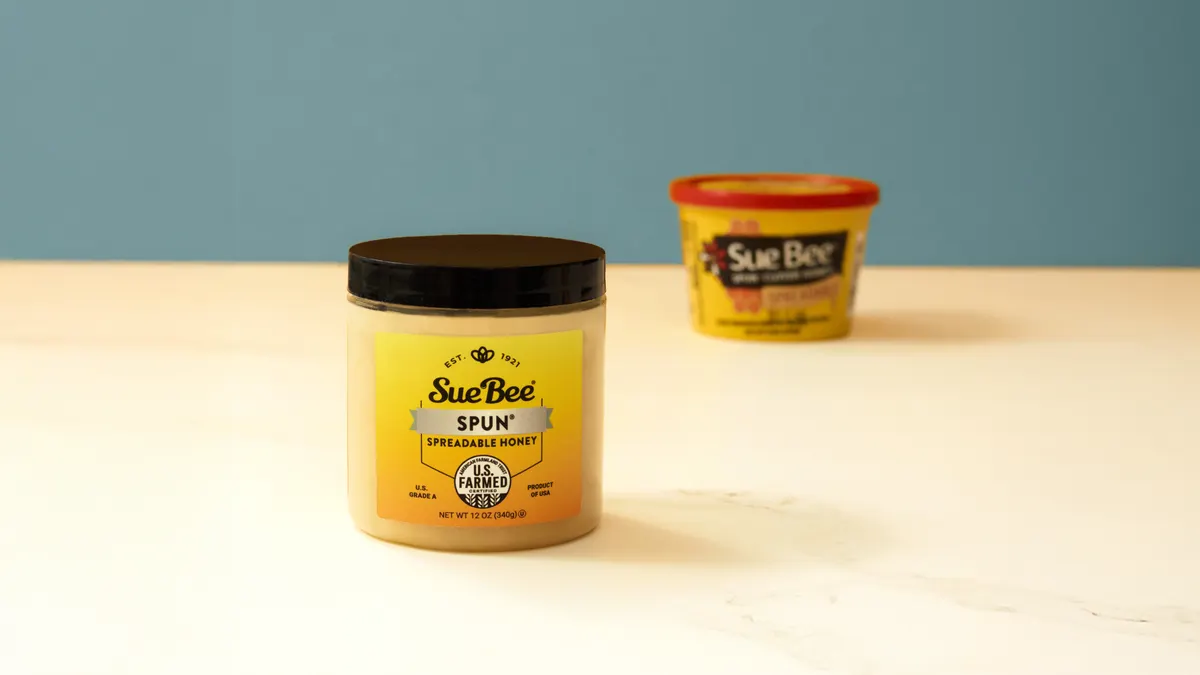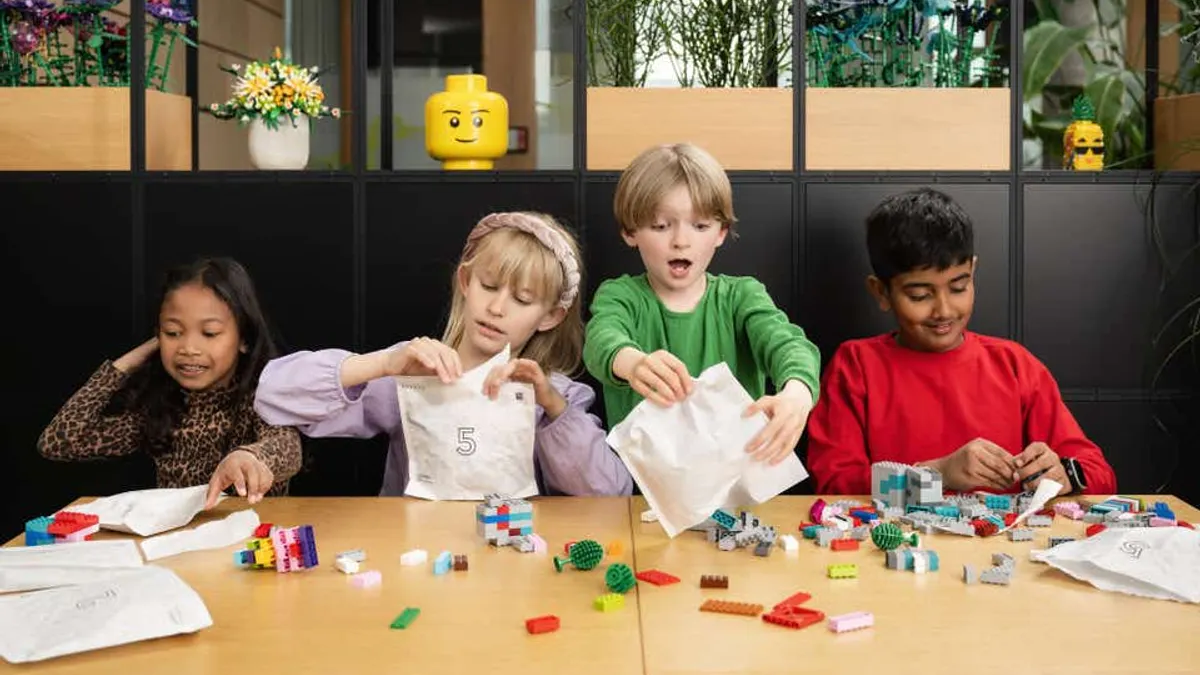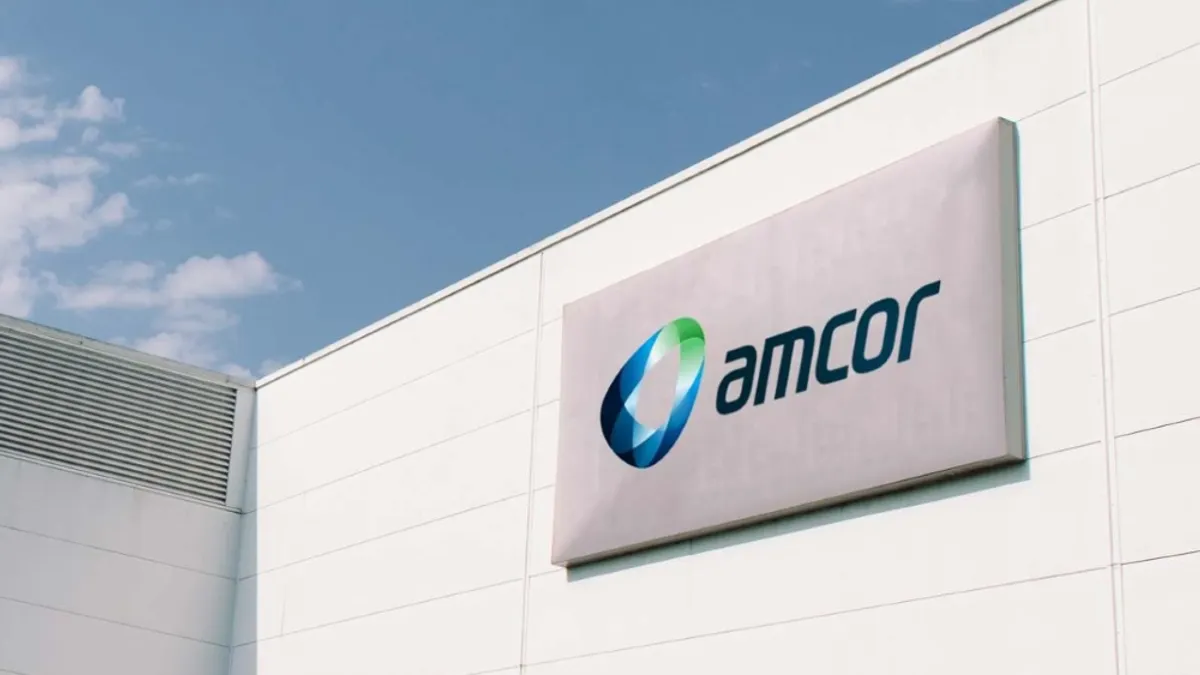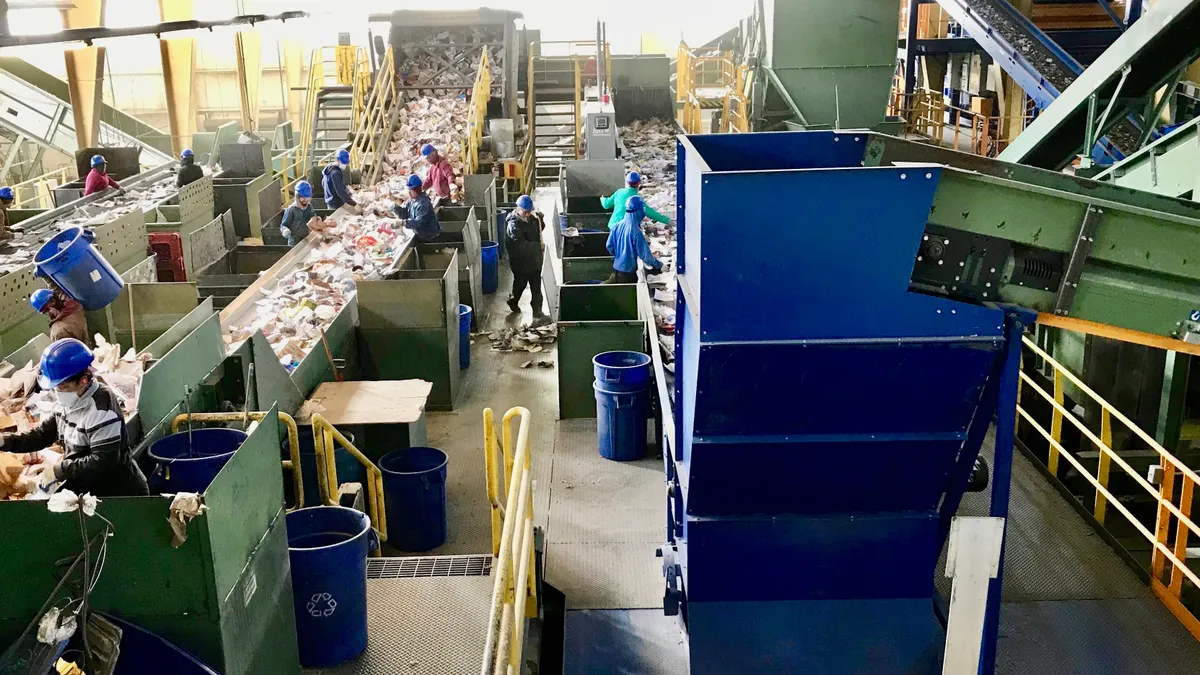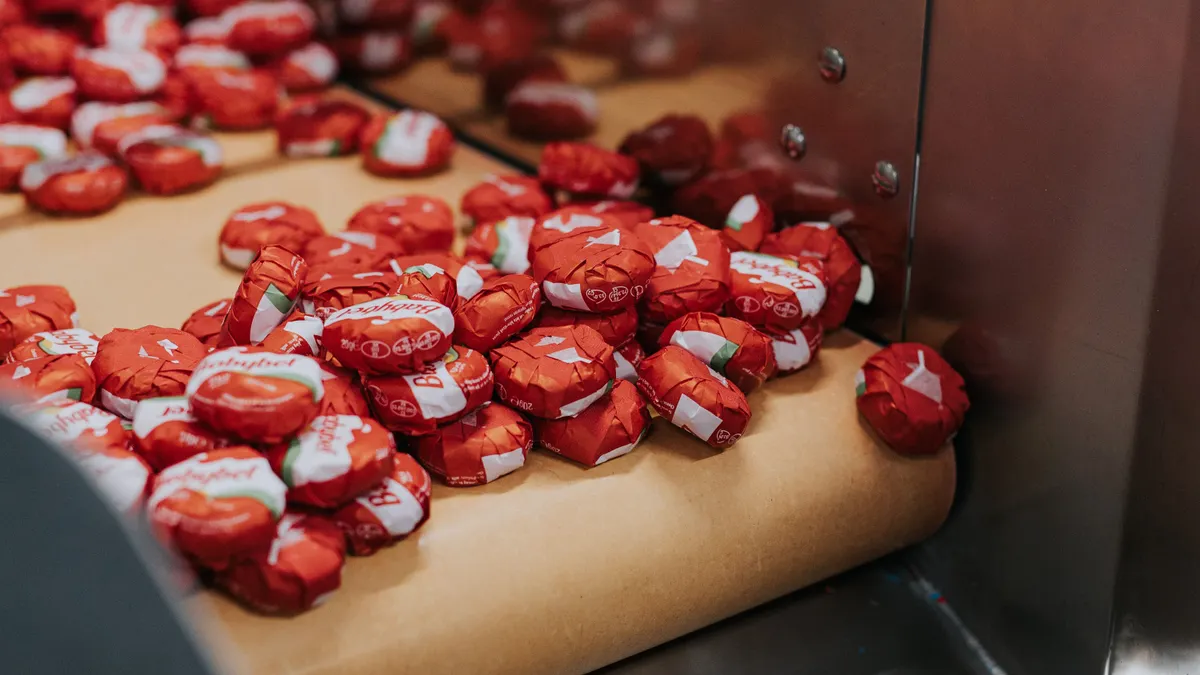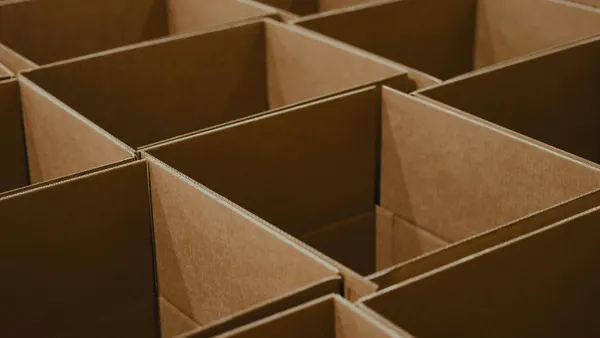Spooky season is in full swing, but the corrugated packaging sector is starting to look less scary.
Demand is still down year over year, continuing its laggardly movement throughout 2023, but is pulling up from its post-pandemic depths, according to Q3 data on containerboard and boxboard the American Forest & Paper Association released Monday. Production for both dipped year over year — 1% and 17%, respectively — yet shows promising signs sequentially compared with recent quarters. Containerboard production, for example, grew 4.2% in Q3 compared with Q2, and production for exports grew 16.2% during that same timeframe.
The rate of decline moderated and Q3 shipments increased over the second quarter, said Michael Roxland, senior paper and packaging analyst at Truist Securities, in a Monday note analyzing the data. That’s consistent with information from fiber packaging companies that already reported earnings this cycle, he said.
International Paper, for instance, reported last week that its demand reached a low in Q1 but has since improved, with the 3% to 4% sequential increase so far in October projected to end up at 4% to 5% for all of Q4. Similarly, Packaging Corp. of America reported an approximately 8% demand uptick since Q1 and consequently plans to restart its corrugated mill in Wallula, Washington, this week. PCA executives said on the earnings call last week that their inventories were low and needed to be built up, and customer destocking appears to be over.
Roxland echoed both of those sentiments, saying that systemwide inventories declined by 20,000 tons, ending up at 2.59 million tons in September, marking the lowest inventories since June 2021. In addition, “producers expect better demand trends to persist in 4Q as destocking has largely concluded,” he said.
Recession recovery?
The seriousness of the packaging market volatility over the last year hit home for many people in June when Jeffrey Kleintop, Charles Schwab managing director and chief global investment strategist, declared the U.S. to be in a “cardboard box recession” that was widening. Small signs of recovery are emerging, though.
Fiber experts point to decades of data showing corrugated’s relative resilience in the long run despite sometimes years-long ebbs and flows. Until recently, corrugated box production had peaked in 1999 at 405.1 billion square feet and then plummeted for about 12 years “when China became the manufacturer to the world,” said Bill Moore, president of consulting firm Moore & Associates, at the Paper and Plastics Recycling Conference in early October. Citing Fibre Box Association data, he said “it really took e-commerce to change” corrugated’s downward trajectory.
E-commerce started to have an effect around 2011 and exploded during the COVID-19 pandemic, resulting in triple the amount of annual growth for boxes and a new production peak of 416.2 billion square feet in 2021, Moore said. But the growth spurt ended in early 2022. The cardboard box recession then emerged as consumers in the post-pandemic environment changed their buying habits and retailers worked to bring down their inventories, resulting in the destocking trend that has dragged packaging companies’ earnings for more than a year.
Late 2021 and early 2022 were the “great days when the demand was as good as it got,” but “we saw a dramatic erosion in the back half of last year,” said John Grinnell, vice president and general manager at Greif Recycling, during a PPRC session about corrugated trends. Last year, box production dropped 2.8%, and analysts anticipate it will be down 8% this year, “which is huge. It’ll wipe out all the gains that the box industry made in 2020,” Moore said.
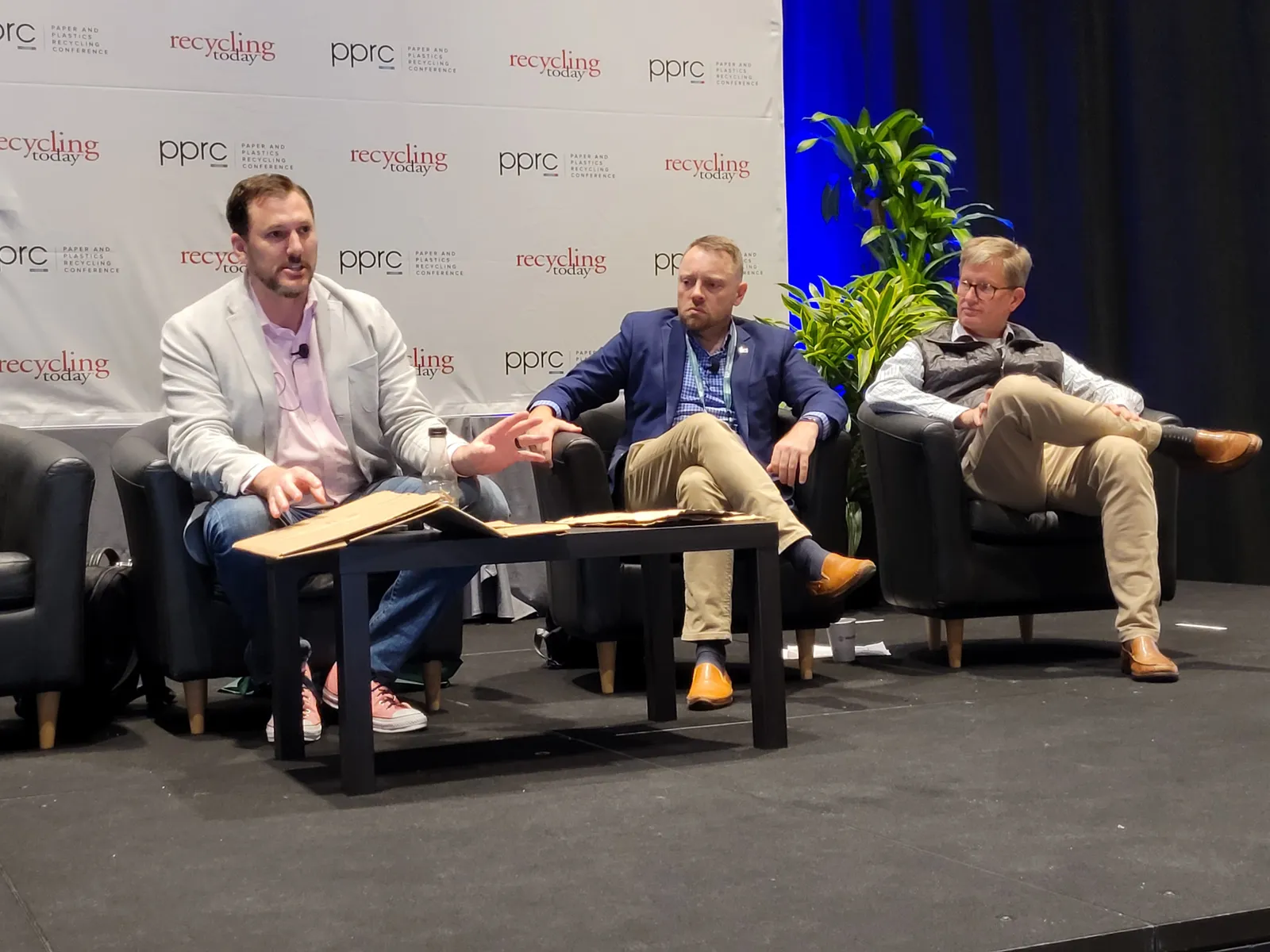
“Contrary to popular belief, there’s this thing called a recession. And you may not think we’re in one, but I do,” Ryan Fox, corrugated packaging market analyst at Bloomberg Intelligence, said while speaking at PPRC. He cited inflation and lower retail spending. “Companies like Walmart and Kroger and Albertsons, if they don't generate OCC because they aren’t refreshing their aisles, then you see lower supply. And as you see supply go below demand, prices go up. Well, we’re seeing that in the data.”
OCC demand and pricing are tied to containerboard and box demand, because “within our mills, OCC is the vast majority of what we’re consuming” as feedstock for recycled board, Grinnell said. “More and more of the demand will be requiring recycled content material,” he said.
Fox detailed major suppliers’ actions to reduce impact from low demand, including WestRock closing numerous production facilities and International Paper taking downtime at mills. “In the last 12 months, we’ve seen nearly two-and-a-half million tons of downtime taken” across the industry, Fox said. “It certainly has created some volatility.”
But in Q4 and into 2024, “we see it as a pretty different story,” Grinnell said. “Demand has actually seen a relatively positive trend since we got into that trough” in January 2023.
Capacity and consumption changes
Monitoring the market swings is also important for companies working to bring new containerboard mills online, considering the typical five- to seven-year lead time from deciding to build a plant to actually having more box production, Moore said. And new mill locations are among the factors affecting shifts in OCC consumption.
North American capacity underwent significant changes from 2020 to 2023, when 15 new plants came online, Moore said. That equates to an additional 5 million tons annually, most of which is recycled fiber. But due to market softness, 12 machine shutdowns also occurred in the last year. The closures took out about 2.5 million tons, or nearly half of the new capacity.
Speakers also explained a shift in regional consumption patterns that affects material pricing. First, exports are on the rise and countries like China and Mexico have increased consumption, whether for OCC or pulp made from OCC. Domestically, nearly “all of the new [OCC] demand is in the Southeast,” Grinnell said, referencing the new production capacity primarily centered in the Southeast and Midwest — for example, Pratt Industries’ new recycled paper mill in Kentucky and Cascades’ recycled containerboard plant in Virginia.
Collectively accounting for the number of new mill startups in a compressed period and the regional consumption pattern movement, “it’s pretty unprecedented to have that much of a demand shift,” Greif’s Grinnell said. “Those factors really change the equation of how we’re pricing. ... Our industry, particularly OCC, reacts to incremental change.”
Although demand is ticking up and production is following, it will take a while for the materials to make their way through the supply chain and affect market dynamics, sources said. With the complexity of all the contributing factors, including inflation and lower economic activity, “nobody can predict what’s going to happen to the price” of OCC in the coming months, Grinnell said.
Still, sources expect some level of corrugated market recovery in Q4 and 2024. And other trends, such as sustainability, are expected to help pull up the markets, too. “The plastics replacement, we see a lot of the paper-based companies in our industry coming up with really innovative ways to use fiber ... that’s going to continue to drive opportunity within our markets,” Grinnell said.


